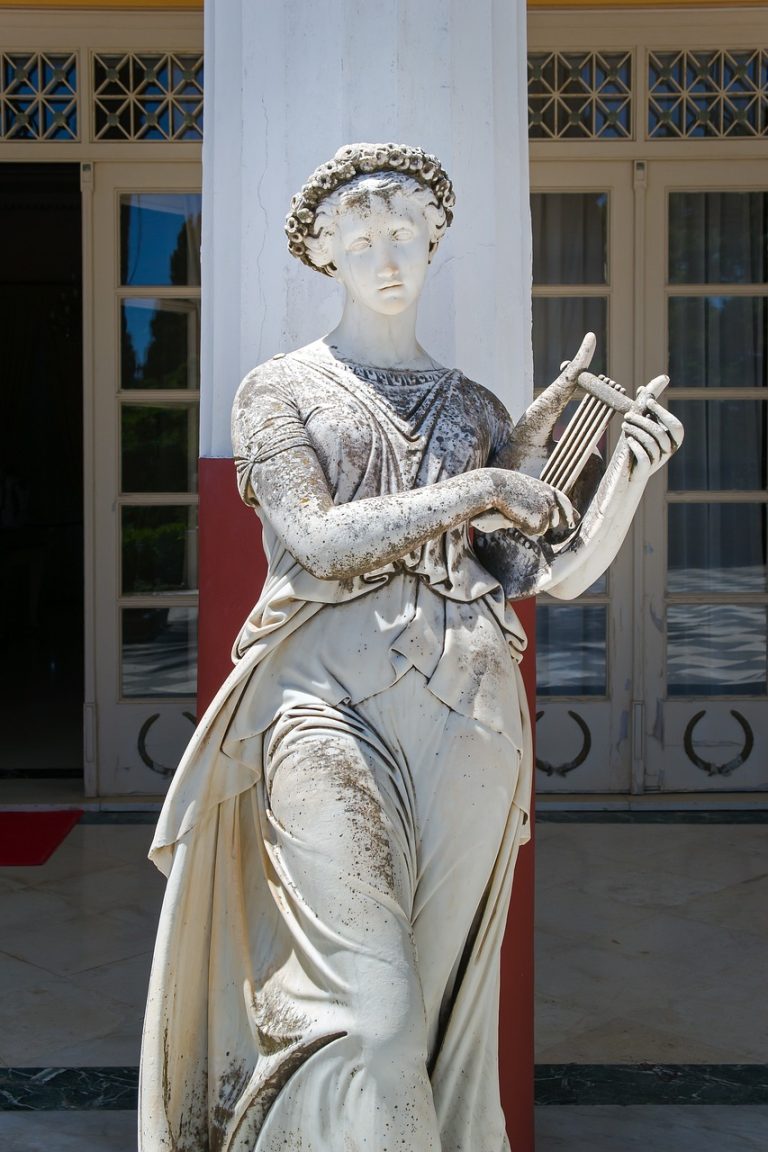Exploring the Myth: Did Vikings Really Wear Horned Helmets?
The image of a fierce Viking warrior charging into battle wearing a helmet adorned with horns is one that has been cemented into popular culture over the centuries. However, as we dive into the annals of history, the authenticity of this iconic imagery begs a thorough examination. Exploring the myth: Did Vikings really wear horned helmets? Or is this a mere fabrication of their historic persona?
Introduction to the Viking Imagery
The Vikings, hailing from Scandinavia (modern-day Norway, Sweden, and Denmark), were known from the late 8th to early 11th centuries for their prowess as explorers, traders, and warriors. Their cultural and historical impact on Europe is undeniable, but so is the myth-making that has followed them through the ages. The image of horned helmets is perhaps one of the most intriguing and persistent aspects of this myth.
Unveiling the Truth: The Origin of the Horned Helmet Myth
Research and archaeological discoveries have consistently shown that the stereotypical horned helmet was not a part of the Viking warrior’s attire. So, how did this misconception begin? It turns out that the association of Vikings with horned helmets largely stems from the artistic interpretations of the 19th century during the Romanticism period, when cultural and historical accuracy often took a backseat to dramatic and visual impact.
Artists like Carl Emil Doepler, who designed costumes for the first Bayreuth Festival production of Richard Wagner’s opera cycle ‘Der Ring des Nibelungen’ in 1876, played a significant role in popularizing these historically inaccurate helmets. Inspired by a mix of historical sources and creative license, Doepler equipped the opera’s Norse gods and heroes with striking, but entirely fantastical, horned helmets.
What Did Viking Helmets Really Look Like?
From the archaeological records and historical texts, it is evident that the real Viking helmets were practical and robust, designed to withstand blows from weapons. The majority of the Viking helmets were conical, made from iron and featured a rounded or pointed top, which helped in deflecting blows. None of the few surviving helmets from the Viking Age, nor contemporary depictions of Vikings, show any evidence of horns. The most famous of these is the Gjermundbu helmet, found in Norway, which is thought to be a typical exemplar of Viking-age helmets. It features a rounded cap and a guard covering the eyes and nose, providing practical protection during combat.
FAQs on Vikings and Their Helmets
Q: Why do people believe Vikings wore horned helmets?
A: The image of Vikings wearing horned helmets was popularized mainly through art and media, especially during the 19th-century Romanticism movement, and later by Hollywood films and television series, embedding this striking image in public consciousness.
Q: Were any historical helmets found with horns?
A: No helmets dating back to the Viking era have been discovered with horns. The representations that do show horned helmets are generally attributed to earlier periods or other cultures.
Q: What was the primary purpose of Viking helmets?
A: The primary purpose of Viking helmets was protection. They were designed to fend off blows from swords, axes, and other weapons during battles.
Q: How does the misconception about horned helmets affect our understanding of Vikings?
A: This myth tends to overshadow more accurate and nuanced understandings of Viking culture, which was rich with art, poetry, craftsmanship, and complex social structures. Reducing Vikings to a stereotype can lead to oversimplifications of their significant historical impact.
Conclusion: Separating Fact from Fiction
In rounding off our exploration of the myth: Did Vikings really wear horned helmets? It is clear that this image, though dramatic and enduring, is not based on historical facts. Overcoming such entrenched stereotypes requires us to look at the Vikings through the lens of genuine archaeological findings and medieval chroniclers, rather than the fanciful renditions of later artistic interpretations. Understanding the true nature of Viking culture and warfare not only respects historical accuracy but also enriches our appreciation of this fascinating epoch in European history.
In conclusion, while the Viking’s horned helmets offer a compelling story for movies and operas, the real Viking warriors battled helmetless or with practical, hornless helmets designed with their rugged lifestyle in mind. Dispelling this particular myth opens the door to a more profound understanding of who the Vikings were and how they truly lived, fought, and explored.


